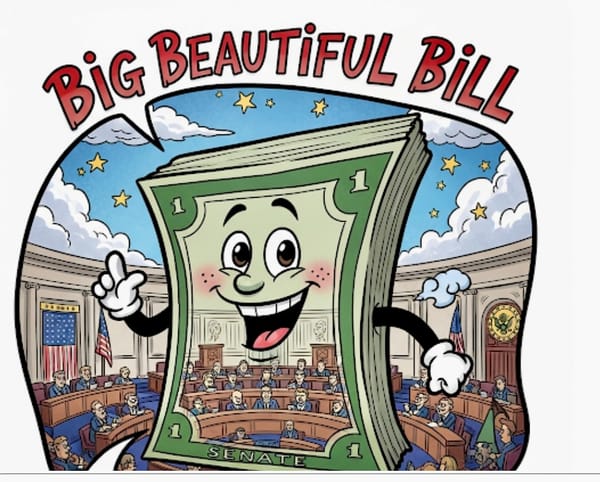Let the cream rise to the top
I think most of you here at Stubykofsky.com are better informed than the average person.
I don’t say that to flatter you, but because I believe it to be true. I don’t write for the lowest common denominator.

So you probably know that in some areas of what passes for “thought, ” the concept of merit is considered racist, a reflection of white supremacy.
In San Francisco, the school board has decided that merit-based admission to an elite high school is racist.
It is not the only place in America where the concept of merit is under attack.
In New York City, dim-wit Mayor Bill de Blasio decided the entrance exam to top-rated Stuyvesant High School must be racist. Coincidentally(?), he latched onto this idea after his Black son couldn't get in.
And so many Asians did get into Stuyvesant. Too many, you might say. There must be something wrong.
De Blasio would create “equity” and “diversity” by admitting students who can’t pass the entrance exam, mostly people of color, disregarding that Asians are themselves POC. I guess yellow is too close to white.
When you admit students who aren’t as bright as their peers, one of two things will happen:
1- The under-qualified students fall by the wayside, fail, and eventually drop out or get thrown out.
2- Worse, the demands for excellence are reduced, watering them down to the lowest common denominator. That assures that what was once a superior school gets “equalized” to a mediocre school, which is bad for the students and bad for America. What kind of a nation volunteers to dumb itself down?
It happens I speak from experience. In 1955, I entered Stuyvesant High School, which was then about 60% Jewish. Today, it is about 60% Asian. These teenagers are among the smartest in America, the ones who will keep up competitive in science and technology.
The school was elite then, and it is elite now -- concentrating on the sciences. It was a source of pride to the city, and no one was complaining about the race or religion of the superior students, who earned their admission. Families bragged when their kids were admitted.
Stuyvesant was so strong in the sciences that I didn't do well. I mean, look what I wound up doing for a living.
Mostly, I didn’t apply myself. I didn’t work hard enough. It was the first time I was in a school with kids as smart as I, or smarter, and I caved.
Rather than compete, I cut school and played pool. When I did attend, I acted up in class. It was my Rebel Without a Cause period.
At the end of my senior year, I hadn’t competed the required credits -- I was lacking physics, which was required -- and I was kicked out.
I had to finish up at Brooklyn’s New Utrecht High School -- at night.
I had no one to blame but myself. I couldn’t blame it on anti-Semitism or anything else. It was on me.
Unlike today, when almost every failure seems to have a scapegoat in the sidecar.
I got into college, night school again, and learned to compete. (Actually, college wasn’t as hard as Stuyvesant.)
I wasted the education that Stuyvesant offered me, but I’m still proud I attended — and thanks to the help of a sympathetic grade adviser — got a Stuyvesant diploma with my name on it.
To the enablers of the moronic idea that merit attaches to a particular race, and would mix and match to achieve a manufactured result, I say this:
When the NBA and NFL start hiring short, white guys in the pursuit of diversity and equity, then come talk to me about admitting dumb kids to elite schools.



